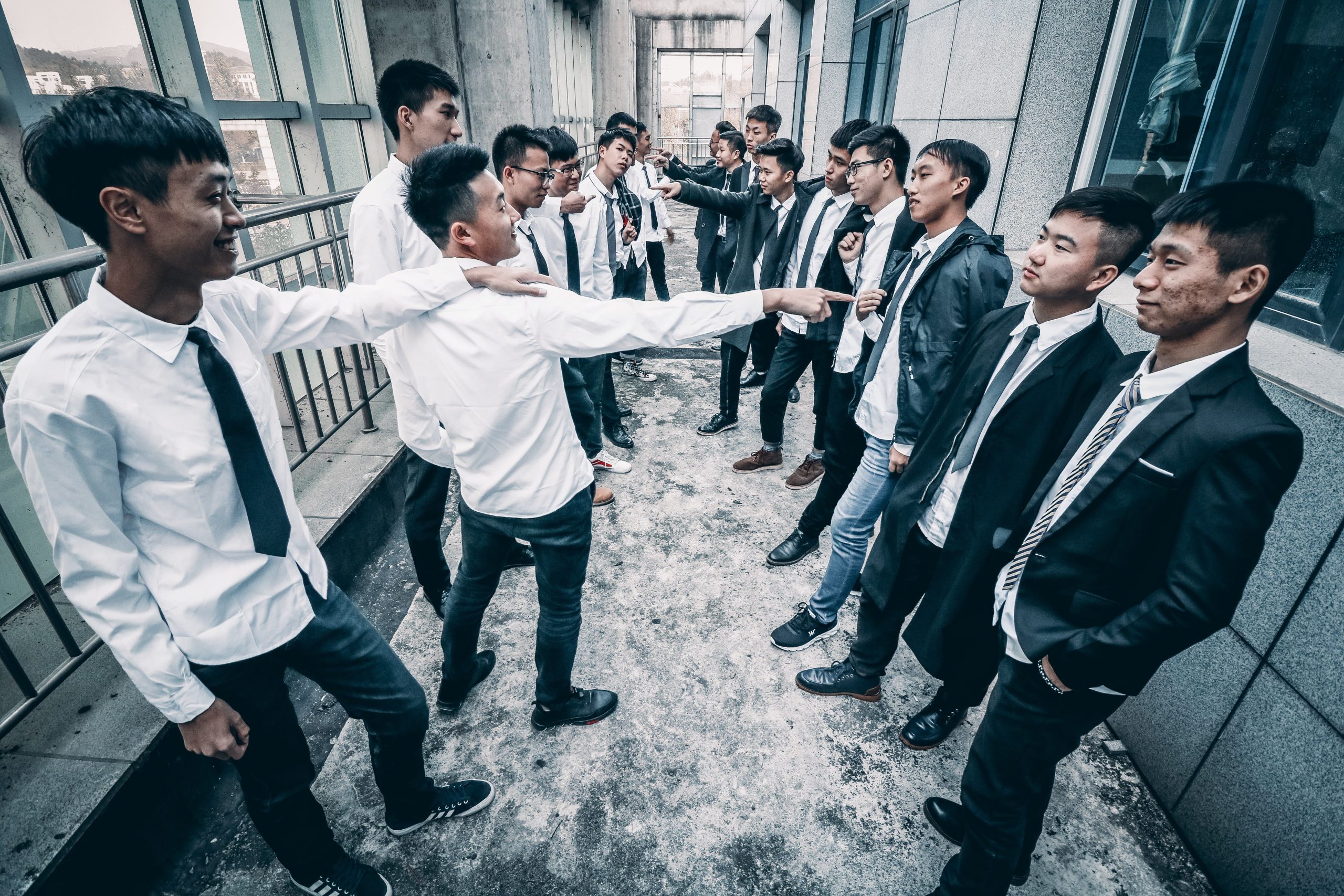Bullying is a serious problem that affects not only the victim but also those around them. From decreased academic performance to long-term psychological effects, bullying can disrupt an entire community. It’s essential to address this issue in schools and educate students on how their actions impact others. In this blog post, we’ll explore the ripple effect of bullying and why it’s crucial for educators to take action against it. So buckle up as we dive into the world of bullying, its consequences, and what we can do about it!
What is bullying?
Bullying is a prevalent problem in schools that can have serious consequences for both the victim and the perpetrator. Bullying can take many forms, including physical violence, verbal harassment, and social exclusion. Victims of bullying often experience anxiety, depression, and low self-esteem. In some cases, bullying can lead to suicide. It is important to address bullying in schools because it can have a ripple effect on the entire school community. When bullying is not addressed, it can create an environment of fear and intimidation. This can lead to decreased academic performance, increased absenteeism, and even violence. By addressing bullying in schools, we can create a safer and more positive environment for all students.
The different types of bullying
There are many different types of bullying that can take place in schools. Some of the most common include physical bullying, verbal bullying, social bullying, and cyberbullying.
Physical bullying is when a child is physically harmed or threatened by another child. This can include hitting, kicking, pushing, or any other type of physical contact.
Verbal bullying is when a child is repeatedly teased or made fun of by another child. This can include name-calling, making hurtful comments, or spreading rumors about someone.
Social bullying is when a child tries to harm someone’s reputation or social standing. This can include exclusion from social activities, spreading rumors about someone, or intentionally embarrassing someone in public.
Cyberbullying is when a child uses technology to bully another child. This can include sending mean text messages or emails, posting hurtful comments on social media sites, or sharing humiliating videos or photos of someone online.
The ripple effect of bullying
Bullying is a serious issue that can have lasting effects on both the victim and the bully. It is important to address bullying in schools so that all students feel safe and respected.
When a child is bullied, it can negatively impact their self-esteem, academic performance, and mental health. They may start to avoid school, miss out on important social experiences, and even contemplate suicide. Victims of bullying often suffer in silence because they are afraid to speak up or don’t know how to get help.
The ripple effect of bullying extends beyond the victim. Bullies also tend to have lower self-esteem, are more likely to engage in risky behaviors, and may struggle academically. As they get older, bullies are more likely to continue their aggressive behavior and be involved in criminal activity.
It’s important to address bullying early on so that it doesn’t escalate into something more serious. There are a variety of resources available to help schools create a safe and respectful environment for all students.
Why it’s important to address the issue in schools
It’s no secret that bullying can have a lasting effect on those who experience it. But what is often overlooked is the ripple effect that bullying can have on the entire school community. When bullying goes unchecked, it can create an environment of fear and insecurity, which can lead to lower academic performance and higher dropout rates. Additionally, students who witness bullying are more likely to suffer from anxiety and depression.
That’s why it’s so important for schools to address the issue of bullying head-on. By creating a safe and supportive school environment, we can help reduce the incidence of bullying and its harmful effects.
How to prevent bullying in schools
According to the National Bullying Prevention Center, there are a number of things that schools can do to prevent bullying. Some of these include:
-Creating a positive school climate where all students feel welcome, respected, and valued.
-Encouraging students to report bullying when it happens.
-Investigating reports of bullying and taking appropriate disciplinary action.
-Providing support for students who have been bullied.
-Teaching students about what bullying is and how to stand up to it.
Creating a safe and supportive school environment is key to preventing bullying. When students feel like they belong and are valued, they are less likely to engage in bullying behavior. It’s also important for schools to have a policy in place that clearly states that bullying will not be tolerated. This sends a strong message to students that their safety is a priority and that they should feel comfortable coming forward if they witness or experience bullying.
Conclusion
Bullying is a complex and emotionally-charged issue. We must address it in our schools, where the ripple effect can be felt most strongly. By recognizing the importance of addressing bullying, we can create an environment for students that is safe and inclusive. Schools should offer support systems to help both bullies and victims, as well as provide evidence-based approaches to prevention and intervention. With effort from administration, faculty, families, and communities alike, we can strive toward a society free from the harmful effects of bullying.




